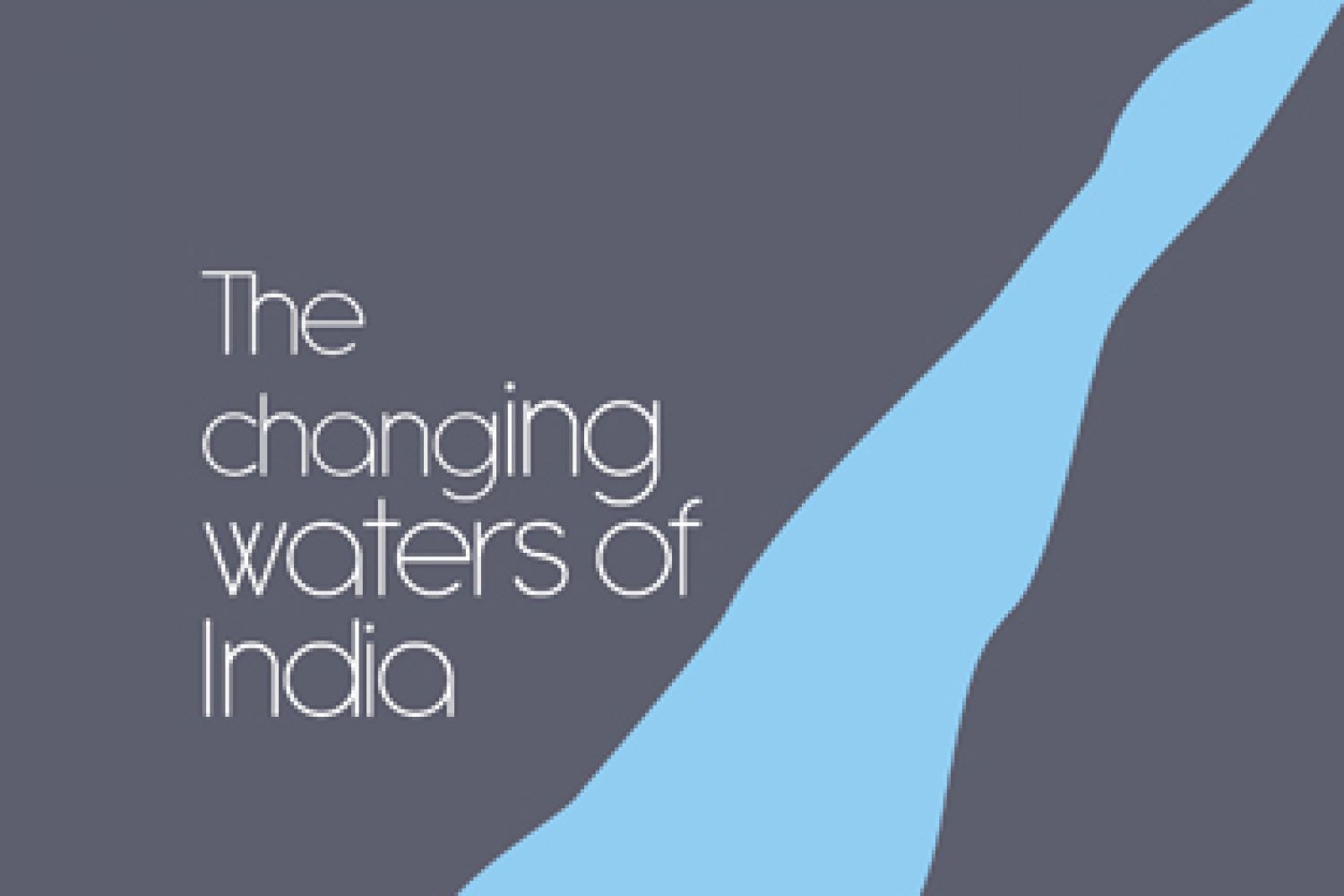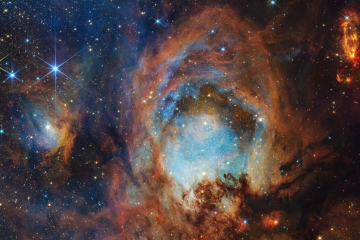
The Himalayan glaciers
are melting, but that melting is not an overnight affair. Snow falls,
precipitates and deposits. Some of it melts, some evaporates, some remains. As
the snow falls next year, the old snow gets compressed, compacted under its own
weight. A combination of temperature and pressure leads to decomposition and
the snow metamorphoses into ice.
The transformation
takes six to seven years. Snow crystals, hexagonal in shape at first, turn
tetragonal, granular, and finally b





